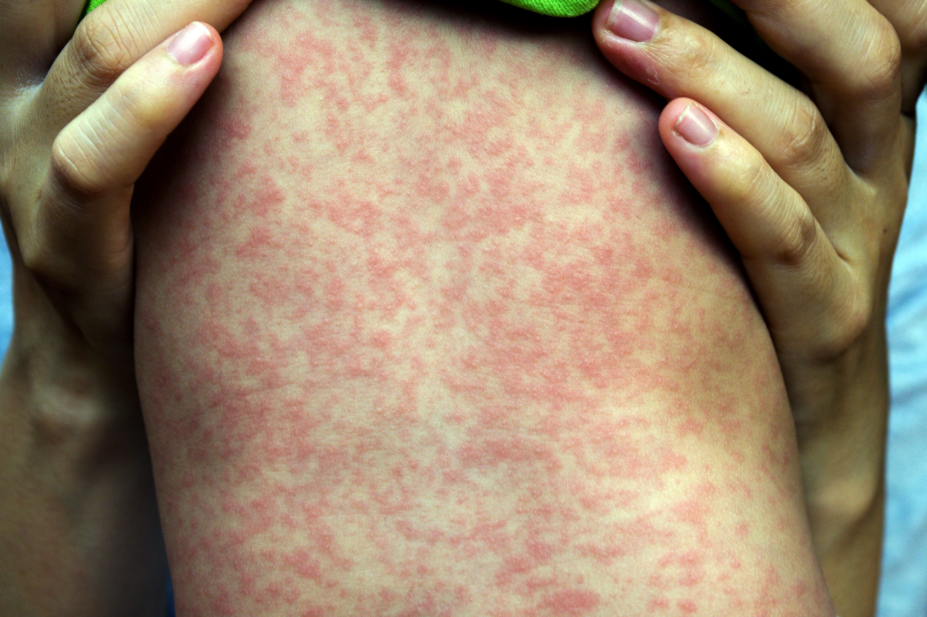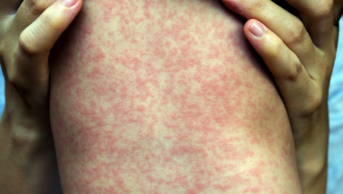
Shutterstock.com
Measles vaccinations should be compulsory for children before they start school to help prevent the disease becoming endemic in the UK within 30 years, researchers have suggested.
A study published in the journal BMC Medicine (17 May 2019) has warned that current vaccination policies are not sufficient to achieve and maintain measles elimination in most countries.
Researchers from the Bruno Kessler Foundation and Bocconi University in Italy used a computer model to simulate the evolution of measles immunity between 2018 and 2050 in several countries, including the UK, Ireland, Italy, the United States and Australia.
They looked at countries with a routine two-dose measles vaccination programme and a high primary school involvement rate, but with different demographics and vaccination histories. Their aim was to evaluate the effect of possible adjustments to existing immunisation strategies and estimate the proportion of people who may remain susceptible to measles in high-income countries over time.
The researchers said that an estimated 3.7% of the UK population across all ages remained susceptible to measles in 2018. However, vaccination from routine programmes in the UK would need to continuously cover more than 95% of the population to keep the proportion of susceptible individuals below 7.5% until 2050, the study predicted.
Previous research has estimated that the proportion of the population that does not have immunity — maximum susceptibility — must be ≤7.5% for measles to be eliminated.
Stefano Merler, co-author of the study and mathematician at the Bruno Kessler Foundation, said the findings suggested that most of the countries studied would “strongly benefit from the introduction of compulsory vaccination at school entry, in addition to current immunisation programmes”.
“In particular, we found that this strategy would allow the UK, Ireland and the United States to reach stable herd immunity levels in the next [few] decades, which means that a sufficiently high proportion of individuals are immune to the disease to avoid future outbreaks.”


